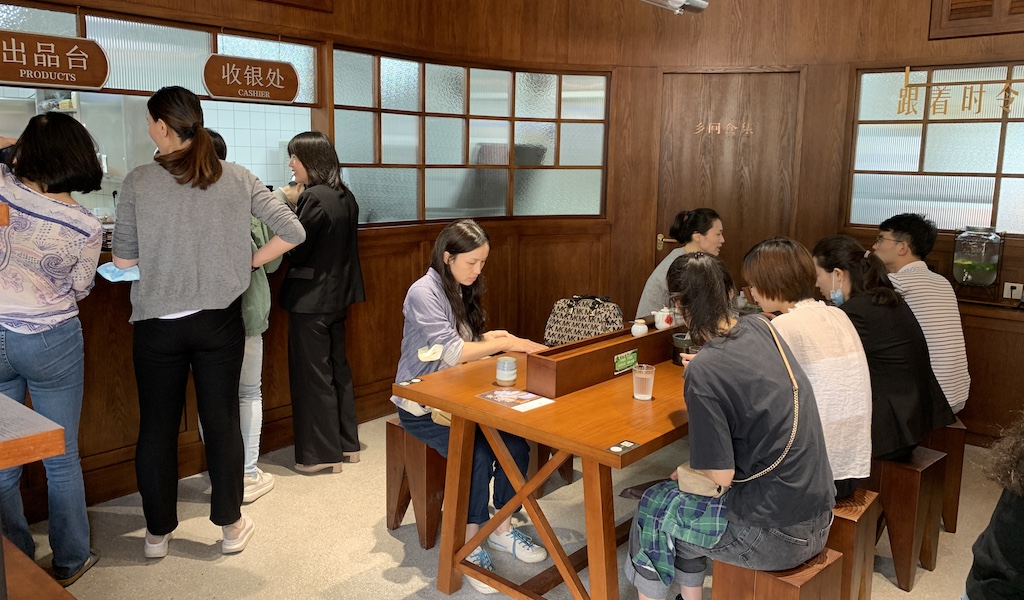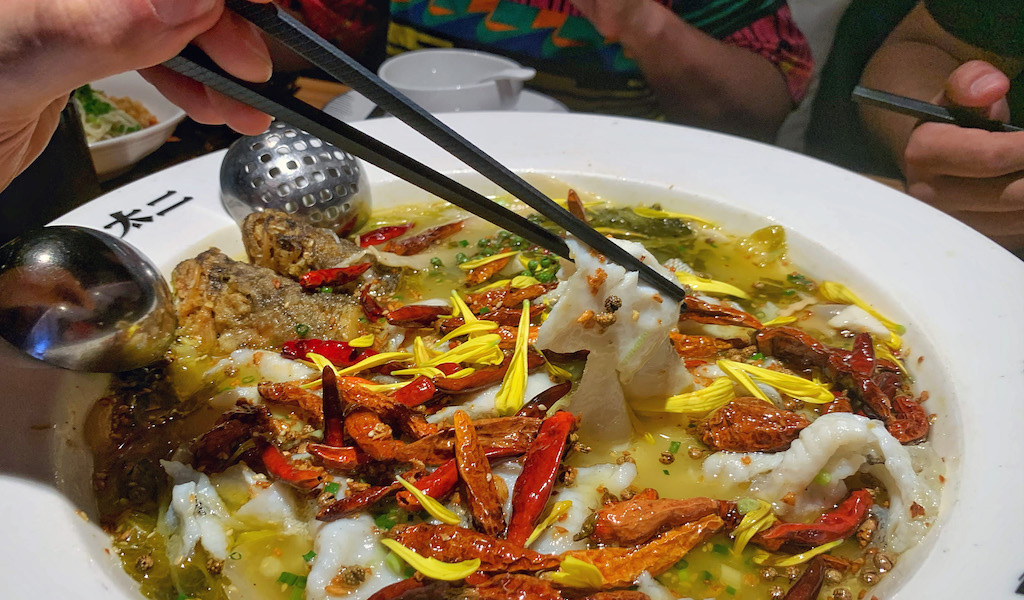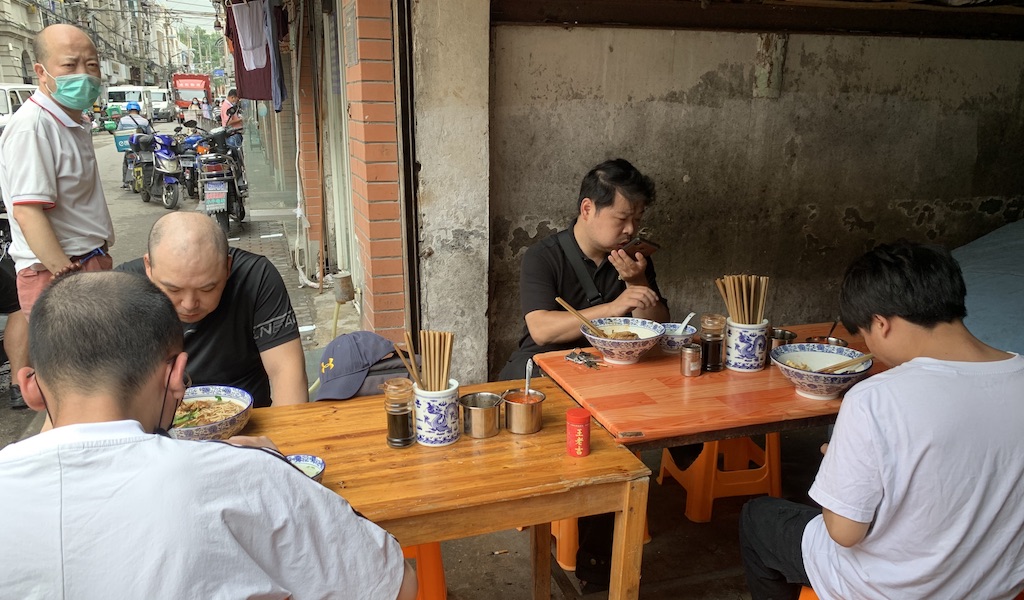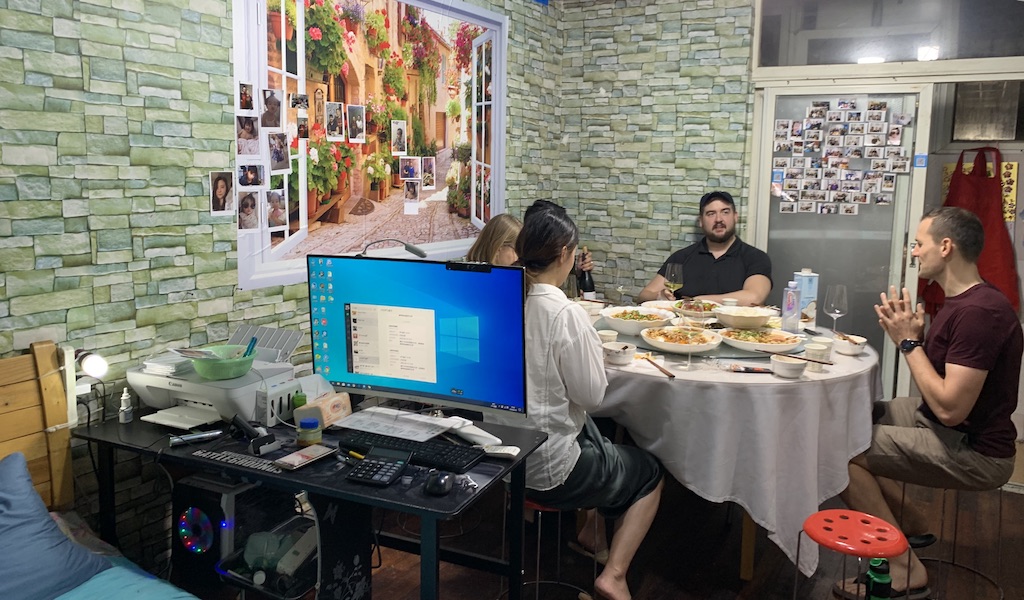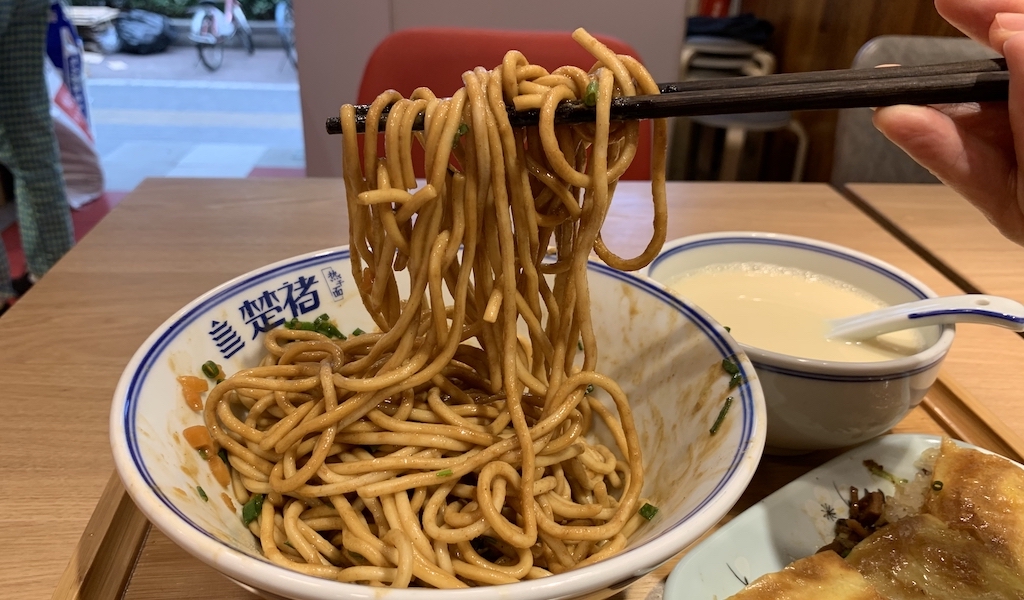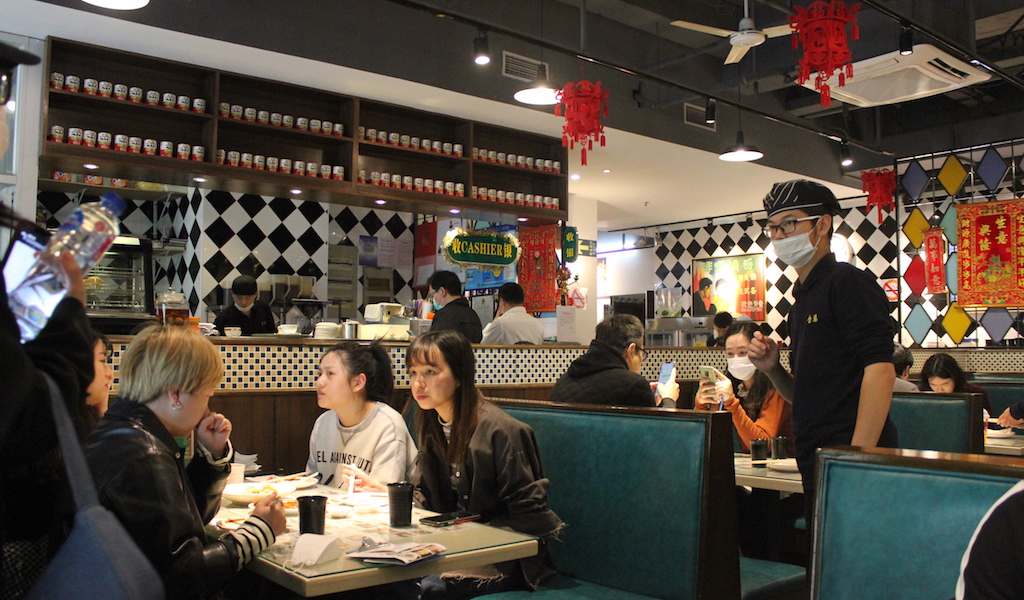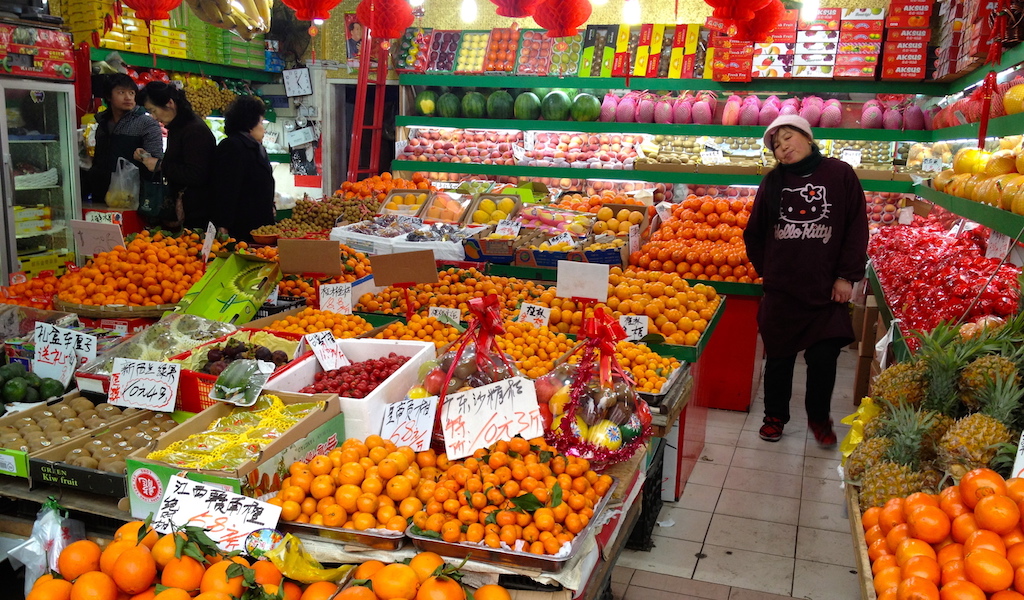We can't find the internet
Attempting to reconnect
Something went wrong!
Hang in there while we get back on track
Search results for "Jamie Barys"
Shanghai
Country Food Market: Nostalgia Vendor
Over the past five years, the Chinese government-led campaign to close down street food vendors and small hole-in-the-wall shops has been extremely successful. But the Covid pandemic has led China’s residents to push back. When Premier Li Keqiang praised Chengdu’s “street vendor economy” for generating 100,000 jobs after the pandemic had peaked in the foodie mecca, Shanghai locals celebrated, hoping that their favorite roving street food stalls would once again find a place on the city’s streets. While there have been more and more sightings of vendors stir-frying rice noodles in portable woks on sidewalks around the city over the past few months, the Shanghai government has made it clear that most of the new vendors will be more in the style of fancy food trucks serving Western dishes.
Read moreShanghai
Tai Er Suan Cai Yu: The Fish That Rules China
At Tai Er Suan Cai Yu (Tai Er Chinese Sauerkraut Fish), there are four rules: 1. You can only have four people max at one table at a time, and no latecomers will be seated. 2. No baby chairs allowed. 3. They will not adjust the spiciness level. 4. No takeout (although this restriction has been lifted during the pandemic). Take into account these restrictions, and also the fact that queues of diners can mean a wait of close to one hour during peak mealtimes, and you wonder why anyone would go to this restaurant. In reality, Tai Er is one of China’s biggest domestic success stories with over six million fans on WeChat and Weibo (China’s Facebook and Twitter equivalents) and 120 locations throughout China.
Read moreShanghai
San Lin Tang Wontons: Shanghainese To The Max
Over the past decade, it’s become increasingly difficult to find mom-and-pop-owned restaurants that serve Shanghainese classics. The local homestyle cuisine, a sub-brand of Shanghainese known as 本帮菜 (benbangcai), is often elevated and served in fine-dining environments, thanks to the city’s place as the economic capital of the country and the wealthy Shanghainese who benefit from their hometown’s prosperity. But occasionally you can still discover new hidden gems tucked away down the city’s backstreets. So when we hear about a spot we haven’t tried before, we are all ears. Like when our coworker Kelvin Ip told us about his favorite Shanghainese hole-in-the-wall just a couple blocks from the Bund.
Read moreShanghai
La Wei Xian: Sichuan Speakeasy
We’ve been fans of the authentically spicy flavors of La Wei Xian since 2014, when we added the ramshackle restaurant to our Night Eats tour route in the Laoximen neighborhood. The stop was a favorite of our guests for years, but in August 2017, Mr. Liu fell victim to the redevelopment of the Old Town area and was forced to shut down his shop when the local government wouldn’t renew his food and beverage licenses. But Mr. Liu has never been one to give up, and he’s always got his eye on the bottom line. He is the type of guy who will spend hours trying to convince you to go on a four-day road trip with his whole family (totaling six members) back to his hometown of Zigong, Sichuan, in a Winnebago that is meant for two at best, just to split the gas money.
Read moreShanghai
Hot-Dry Noodle Recovery: Chinese Diners Support Wuhan Specialty Dishes
Domestic tourism is back on the menu in China, as new daily cases of Covid-19 drop to single digits across the country. Earlier this month, China’s Tourism Research Center reached out to the newly unlocked-down to see what their top domestic destination was for 2020, and Chinese travelers chose Wuhan as their number one spot. While the epicenter of the virus outbreak might seem like an unlikely travel destination, Chinese netizens are rallying around the city, citing a desire to help it rebound economically as the main reason for choosing Wuhan. It’s the natural extension to the cries of “Wuhan jiayou!” heard round the country during the worst moments of the pandemic here.
Read moreShanghai
Shanghai In Recovery: Eating Out in a Post-Covid-19 World
It’s 9 p.m. at Fu Chun Xiao Long, and the waitress taps me on the shoulder to let me know they’re about to close. The Shanghainese snack shop has been serving up xiaolongbao (soup dumplings) and paigu niangao (deep-fried pork cutlets and rice cakes in gravy) until midnight for decades. But in the post-Covid-19 world, they shut their doors earlier, knowing that late-night business won’t be at the same level as it was last year, or even the last 10 years. Early closures aren’t the only changes to Shanghai’s dining scene. Most local restaurants have signs up requiring masks for entrance, despite the fact that the local government deemed them unnecessary several weeks ago. (We take them off to eat, of course.)
Read moreShanghai
Auspicious Eating: Ringing in the Year of the Rat
There’s a joy in staying in China’s big cities over the upcoming Lunar New Year (春节, chūnjié). As people start the “great migration” back to their ancestral hometowns to enjoy the annual reunion dinner (团圆饭, tuányuánfàn, or 年夜饭, nián yè fàn) with their family, Shanghai becomes a ghost town. Nearly every shop and restaurant closes up for at least a week (and sometimes more like three), as employees travel back to inland provinces like Anhui and Henan for a well-earned break and the chance to eat traditional, home-cooked meals with relatives. So long as you have a well-stocked fridge, the New Year is a peaceful time to explore the empty streets.
Read more